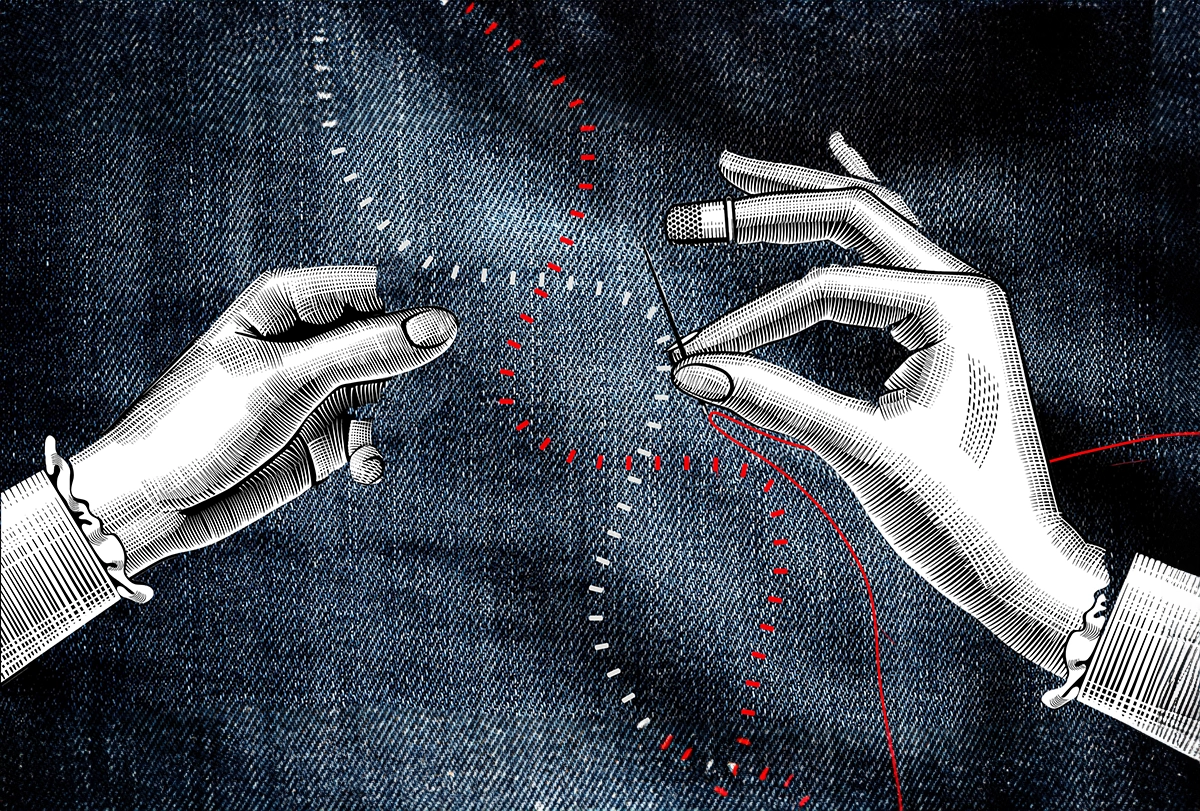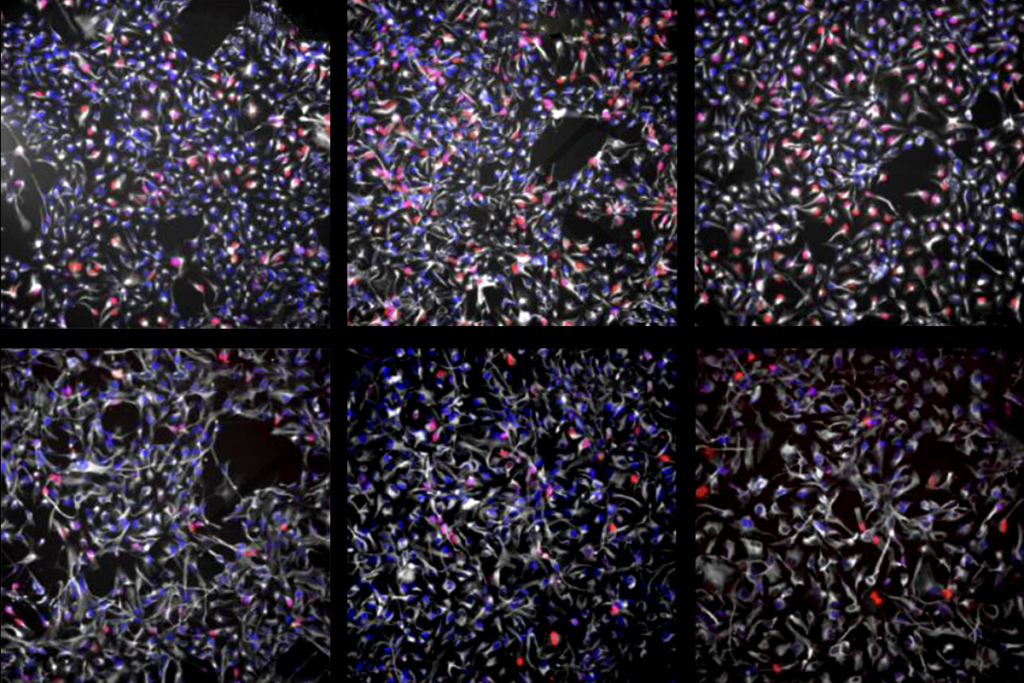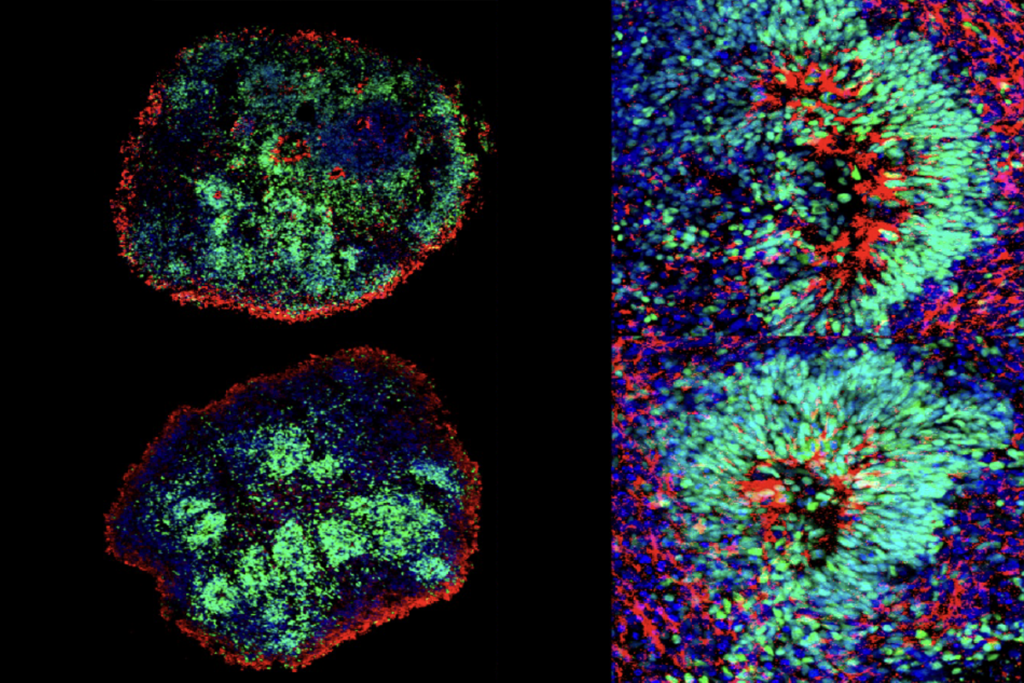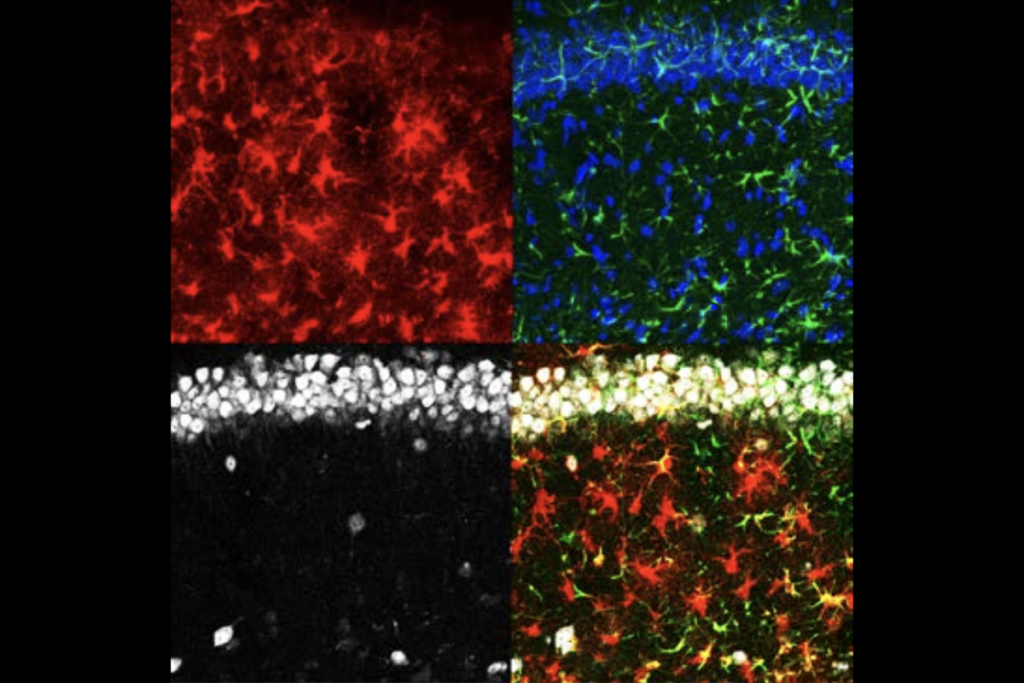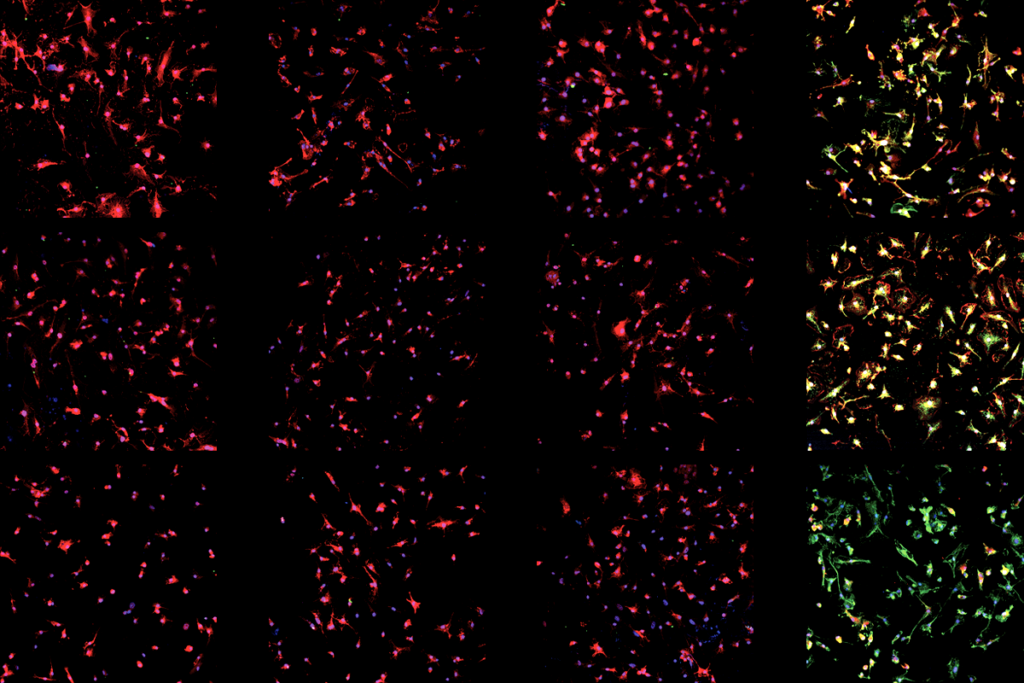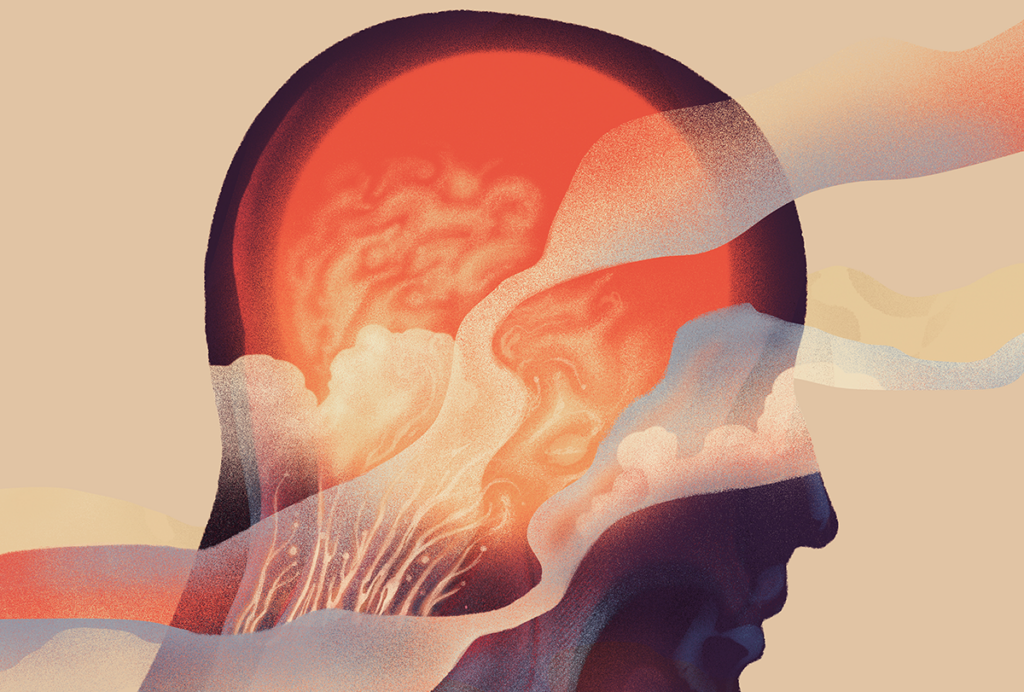Despite the huge variation in how autistic people experience the condition, they can be divided into just four subgroups, according to a preprint. The people in these groups—who share similar traits and life outcomes—carry gene variants that implicate distinct biological pathways, the researchers found.
Each group is associated with specific genetic variants that influence gene expression at different stages of development, the investigation revealed. The work includes genetic and phenotypic data from more than 5,000 autistic children.
Identifying autism subtypes has been on the minds of autism researchers for many years, says Thomas Frazier, professor of psychology at John Carroll University, who was not involved in the work. “But what’s really cool is that they link that to the underlying biology. To my knowledge, this is the first study to do this in a comprehensive, replicable way.”
Autism traits vary dramatically from person to person, and that diversity is reflected in the hundreds of genetic variants linked to the condition. But in most cases, genetic differences haven’t been reliably mapped to autism traits, and two people with the same variant can show different phenotypes.
That lack of progress could stem from focusing on a single trait at the expense of the interactions among multiple genetic variants, says lead investigator Olga Troyanskaya, professor of computer science and integrative genomics at Princeton University and deputy director for genomics at the Flatiron Institute. “It’s not as simple as a single variant associated with a single phenotype. It’s a highly complex process,” she says. (The Flatiron Institute, and the datasets Troyanskaya’s team used in the study, are funded by the Simons Foundation, The Transmitter’s parent organization.)
Instead, Troyanskaya and her colleagues investigated the variants associated with a person’s collection of characteristics. They applied a statistical model to data on the traits and behaviors of 5,392 autistic people from the SPARK research cohort. By adjusting the number of groups, the team found the most significant similarities among participants when the model sorted the cohort into four autism subtypes.
The largest group—consisting of 1,976 people—shows mild challenges in core autism traits, whereas the smallest—554 people—has severe difficulties across those same traits. The other two subtypes are somewhere in between: One group specifically experiences social challenges and disruptive behavior, and the other shows developmental delay and difficulties in select traits.
T
he algorithm organized data from an independent cohort, the Simons Simplex Collection (SSC), in a similar way, the team found. Considering the differences in the data—clinicians gather information for the SSC, whereas SPARK consists of parent-filled questionnaires—the consistency “is a very good sign that we’re finding true, clinically relevant biology here,” Troyanskaya says.People belonging to the same subtype often share the same co-occurring diagnoses, further analysis found. Those with social difficulties and disruptive behavior, for instance, are more likely than the other groups to have a diagnosis of attention-deficit/hyperactivity disorder or anxiety, and those in the strongly affected group are more likely to show cognitive impairment.
People of the same subtype often harbor the same autism-linked common variants, according to a comparison of polygenic scores for 2,293 of the autistic children and 3,179 unaffected siblings from the SSC. And a search for rare mutations uncovered more spontaneous—or de novo—variants among the strongly affected group, whereas those with developmental delay harbor more inherited variants.
Variants associated with each subtype influence different biological pathways, hinting that distinct mechanisms underlie autism’s phenotypic differences. For example, the variants detected among the mildly autistic group alter histone methylation, whereas those identified in the developmental delay subtype affect neuronal action potentials.
T
he variants contribute to changes in gene expression at different points in development, the study also found. The subtype characterized by developmental delay—which consisted of children diagnosed with autism at an early age—possesses variants that affect gene expression during fetal and neonatal development. And those with social problems and disruptive behavior—who are often diagnosed later in childhood—harbor variants that influence gene expression after birth.The findings were posted on medRxiv in August.
The results suggest that a subtype’s genetic profile could—at least in part—determine clinical milestones, says study investigator Aviya Litman, a Ph.D. candidate in Troyanskaya’s lab. Given more data, the team’s approach could inform parents and guardians of potential milestone delays, Litman and her colleagues say.
In fact, the researchers plan to train their model with more data as they become available, including noncoding and whole-genome sequences, says Natalie Sauerwald, associate research scientist of computational genomics at the Flatiron Institute and an investigator on the study. More detailed genetic data could provide more insight into the mechanistic differences between autism subtypes, Sauerwald says.
And larger datasets may reveal more nuance between autism subtypes. “With more data and potentially even better phenotyping, there may be more than these four categories,” says Anoushka Joglekar, a computational biologist at the biotech company Immunai, who was not involved in the work. By analyzing whole genomes, the team may uncover important epigenetic mechanisms, she adds.
